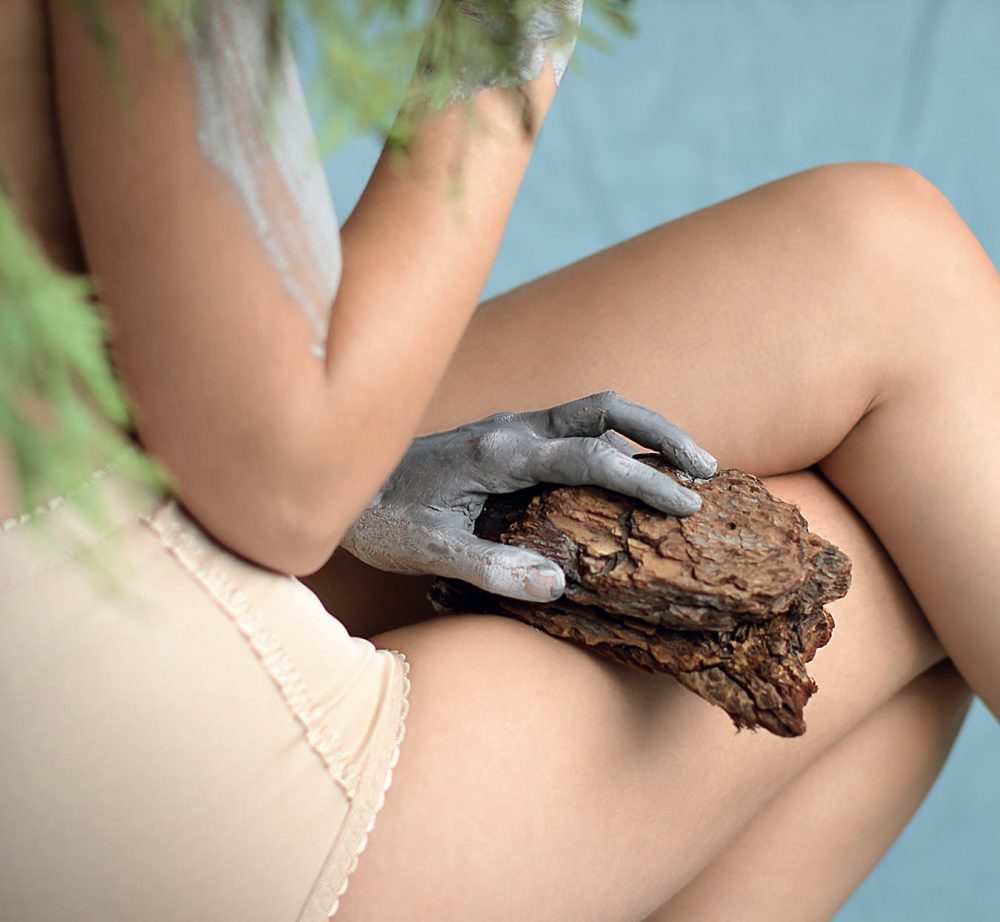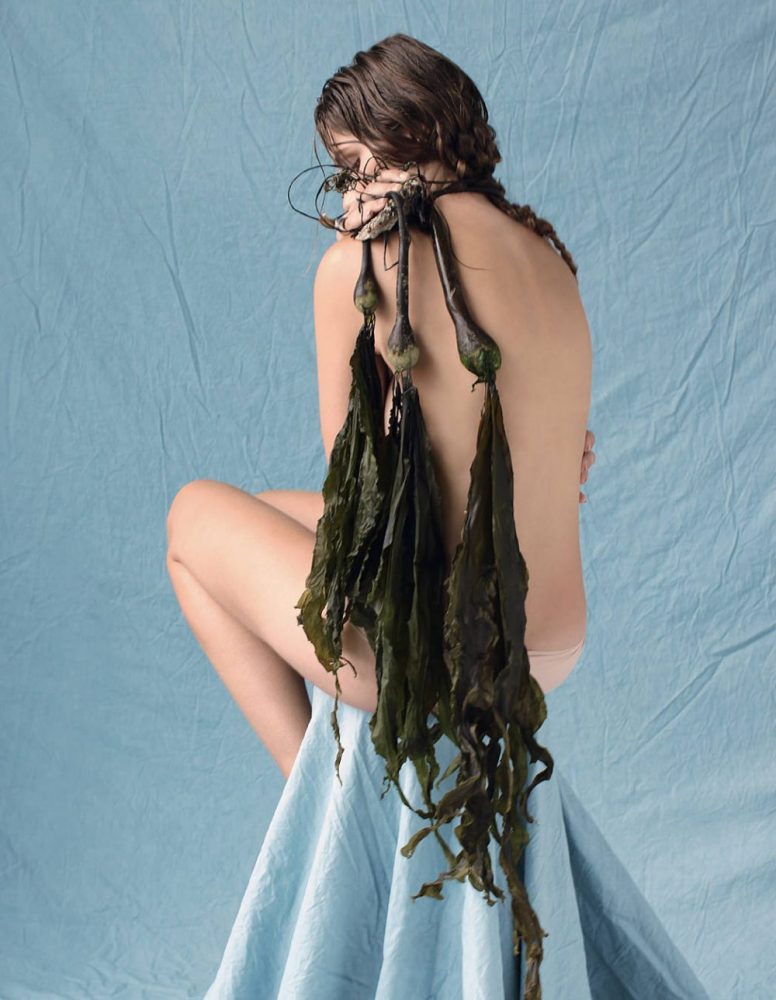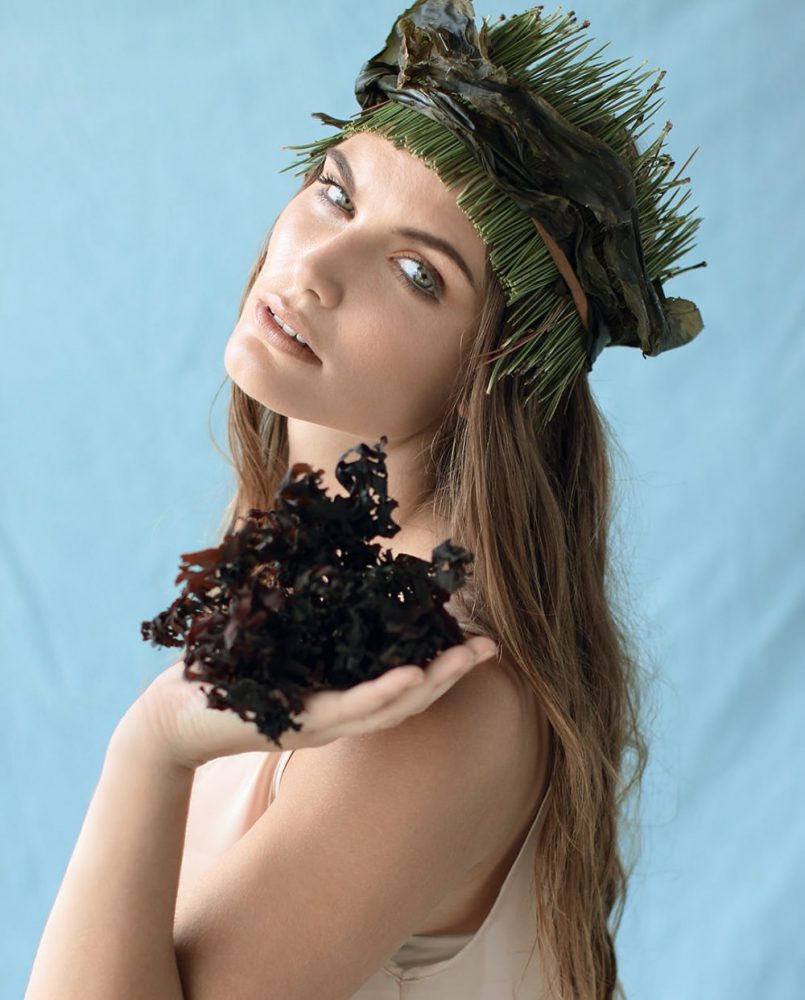We’ve got some damn fine glacial clay here in British Columbia if you need a facial. A greenish-grey sludge with more than 30 unique elements and particles as miniscule as fog mist, the finest on Earth, the clay was submerged beneath the tidal waters near Bella Coola for tens of thousands of years. In the world of health and wellness, discovering this mud was akin to striking gold.
The clay’s particles are so small that they can penetrate through the skin and travel deep within the body, working ionically to draw out toxins,” explains Sherina Jamal, founder of Vancouver’s Ancient Secrets spa products, one of several B.C. companies that are incorporating natural, local alternatives in lieu of the artificial and synthetic compounds that often make their way into our beauty regimes. “[The clay] is gentle, reduces skin conditions like inflammation and acne, acts as a cleanser and leaves skin appearing firmer and smoother.”
Jamal, whose line is used in several of B.C.’s finest spas—including Sense, A Rosewood Spa, at Vancouver’s new Hotel Georgia, and at Clayoquot Wilderness Resort north of Tofino—also integrates ethically harvested Northern B.C. Pacific sea kelp in her line’s Signature Series. Cold processed for maximum concentration in body wraps and for massage, the kelp infuses nutrients into the skin to detoxify, hydrate and reduce the signs of aging with impressive results.
At Vancouver-based skin-care line Riversol, B.C.’s western redcedar is the star. A molecule called thujaplicin, derived from the tree’s heartwood, has anti-inflammatory, antibiotic, antifungal and anti-oxidizing properties shown to be extremely effective in relieving rosacea. “Redcedar was a healing source for West Coast First Nations, and many people who can’t tolerate products on their skin can tolerate [Riversol],” says dermatologist and company founder, Dr. Jason Rivers.
Consider the savvy of B.C.’s First Nations in utilizing the Earth’s resources and a “100-mile beauty diet” appears to be less of a social phenomenon and more of a lost art. Yet turning back the clock isn’t just a walk in the park.
“It’s important for us to ensure that we are partnering with harvesters that are qualified and licensed and who take strides to ensure there is no negative impact to the environment.”
“It’s not a simple process,” says Jamal. “You can’t just walk in and collect [these resources]. You need government licensing. Sometimes you need the approval of the First Nations who own the land, and you need to consider ethical harvesting. I got lucky. I started the process long before ‘indigenous’ and ‘green’ were popular, back when it was all about using European skin-care lines. [The kelp harvesters] have been harvesting and pure-processing our specific seaweed for over 20 years. It’s important for us to ensure that we are partnering with harvesters that are qualified and licensed and who take strides to ensure there is no negative impact to the environment.”
In Coldstream, in B.C.’s Interior, herbalist Kiley Routley concocts Back to Earth locally made, environmentally friendly products. The line blossomed from Routley’s healthy respect for the environment and desire to avoid the cumulative effects of toxic exposure. She often looks to her garden for inspiration, using everything from B.C.-grown marigolds (fantastic in eye cream) to burdock root (perfect for balms and salves) in the product line. The budding company is growing, but not without pains. “I’m in the process of having all my products certified, an exhausting undertaking,” she says.
Beyond the considerable red tape, going back to nature also necessitates more than a passing grade in high school biology and chemistry. Dr. Rivers discovered his miracle redcedar molecule after being introduced to it by members of the Department of Forestry at the University of British Columbia.
“They were developing a line of anti-mite veterinary products. I was interested in [thujaplicin] as a molecule because I saw an article back in 1998 about how it could improve the effects of UV light on skin,” he recalls.
Beauty, in other words, truly is more than skin deep. “You want to know what’s being absorbed through the largest organ of your body, directly into your bloodstream, with no filter,” emphasizes Routley, whose husband, Jeff, a science instructor, co-produces the Back to Earth line. “How many people actually know what SLS is?”
SLS, or sodium lauryl sulphate, is a foaming agent and one of the dozens of chemicals found in most of our bathrooms right now. (Go on, have a look at the ingredient list on your shampoo bottle.) “Surprisingly, many of [these chemicals] come with health warnings that you’d never know of or hear about unless you are a scientist, lab technician or the product manufacturer,” says Anthony Gollner, president of Carina Organics.
“Studies are showing now more than ever that specific actives found naturally in nature have the ability to keep the skin healthy. It is definitely worth the time to source them—and that time is now.”
A North Vancouver company, Carina Organics incorporates B.C. beeswax (rich in multivitamins, it works as an emulsifier in conditioners and creams) and B.C. pine extracts (for its self-preserving properties, in place of parabens) in its Pure and Natural product line. “We don’t tap trees,” Gollner says, addressing the ethical harvesting issues that these local entrepreneurs all inevitably face. “Trees go through a natural sap-weeping process. We figured out what tree we needed and where in B.C. to find it, and thankfully pine and redcedar were nearby. When business picked up, we looked to the Kootenays to get more. Our biggest challenge—besides the learning curve on the ingredients—is the price point. You rarely save by going local. You can usually access [the ingredients] from elsewhere for cheaper.”
That said, Gollner is sticking with local wherever possible. He’s even in the process of locating more B.C.-grown dried herb, flower, and plant suppliers in an effort to cut out foreign sources. At Ancient Secrets, Jamal is looking to incorporate additional B.C. glacial clays as well as locally grown sage, proving that despite the unique and ongoing challenges in bringing these products to life, the innovators behind them are undeterred.
“Studies are showing now more than ever that specific actives found naturally in nature have the ability to keep the skin healthy,” says Jamal. “It is definitely worth the time to source them—and that time is now.”
There is, however, one last hoop, a detail more crucial than scientific know-how, more important than the resolve to cut through red tape, and more critical than accommodating environmental regulation. Ultimately, Jamal stresses, it comes down to quality. “There must be results. The customers and the spas and their clients have to see the clear benefits from these products or none of this matters.” Fortunately, that possibility exists right here in our own backyard, and it’s a beautiful backyard indeed.












